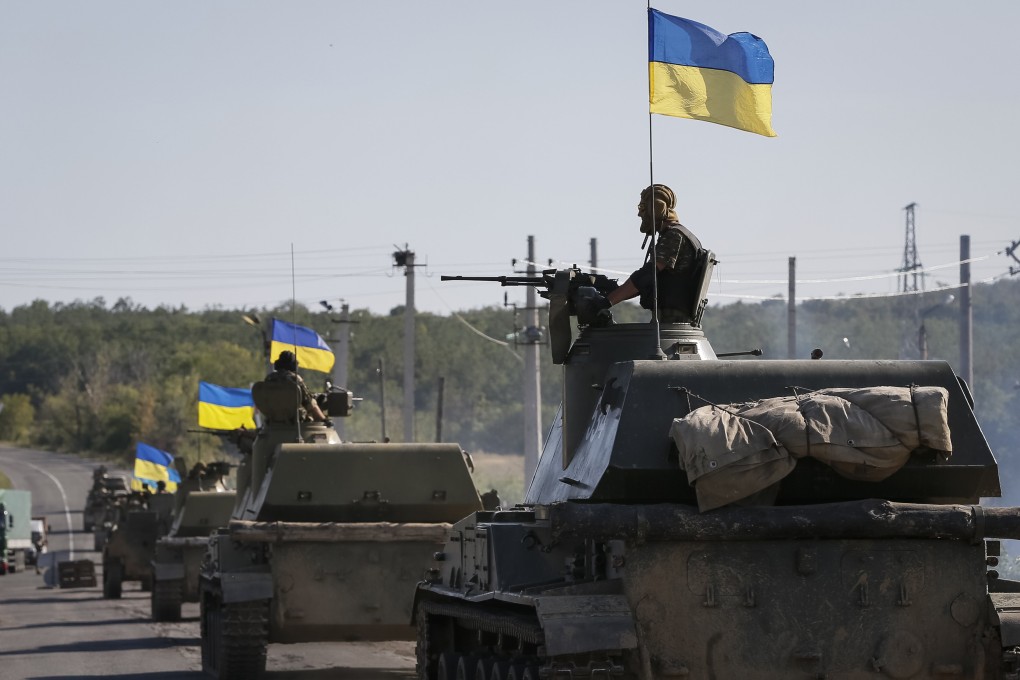Currency hedge funds welcome a return to market volatility
After posting three straight years of losses that thinned the ranks of hedge funds specialising in currencies, the foreign-exchange market is showing signs of rebounding.

After posting three straight years of losses that thinned the ranks of hedge funds specialising in currencies, the foreign-exchange market is showing signs of rebounding.
Parker Global Strategies' index of leading currency funds climbed 0.9 per cent in August, the most since January 2013 and trimmed losses in 2014 to 2.2 per cent. That followed a 0.3 per cent rise in July, the first two consecutive advances since October, as diverging policies among central banks create wider price swings for investors to exploit.
Over the last couple of years … markets were moving too much in tandem
The gains are providing comfort after almost six years of near-zero benchmark interest rates suppressed volatility and cut returns. Assets managed by funds focused on foreign exchange shrank 6.4 per cent in the first half of 2014 to US$18.4 billion, after a 20 per cent drop last year when firms such as FX Concepts, once the world's biggest currency hedge fund, closed down.
"Things are better," said Robert Savage, the chief executive of hedge fund CCTrack Solutions and former chief strategist at FX Concepts. "To say August is the turning point will be a bit of a stretch, but there are ways to make money."
The Parker index finished last month at 124.22, after falling to as low as 122.46 on August 8 from 127 at the end of 2013. It peaked at 139.6 in October 2010.
Volatility is crucial for returns. JPMorgan Chase's gauge of the outlook for exchange-rate swings rose to a three-month high of 6.48 per cent on Tuesday amid fighting in Ukraine and Gaza. While that's still below an average of 10.4 per cent over the past decade, the gauge is up from a record low on a closing basis of 5.29 per cent in July.
